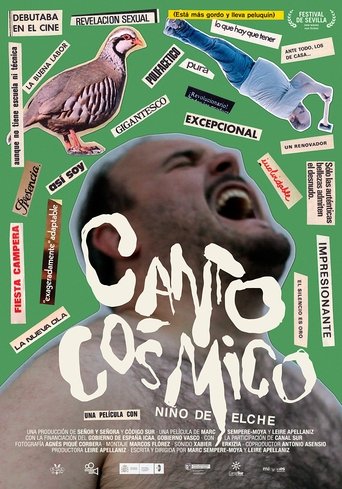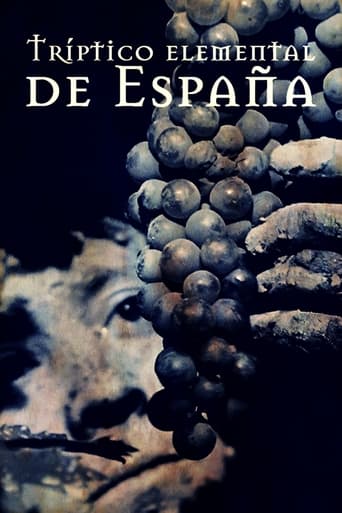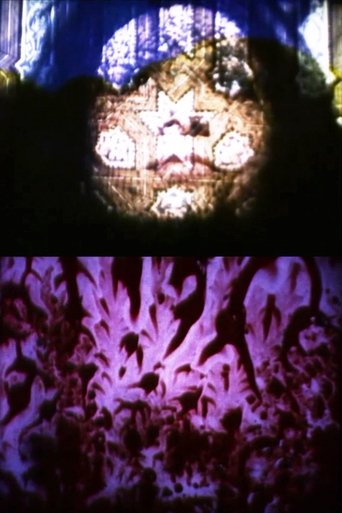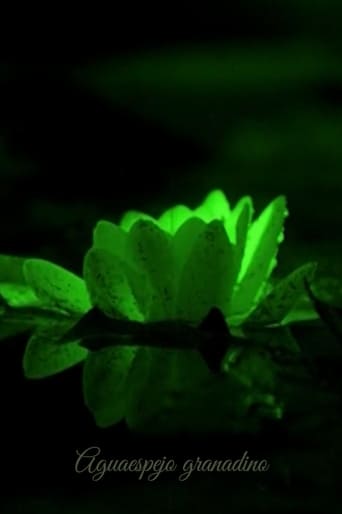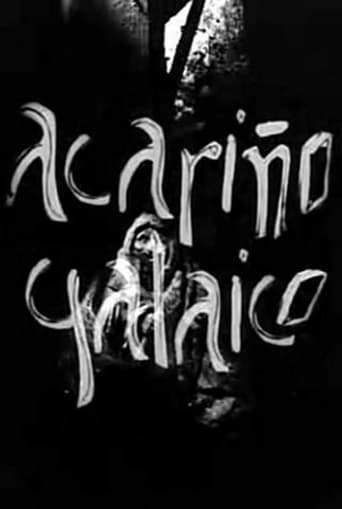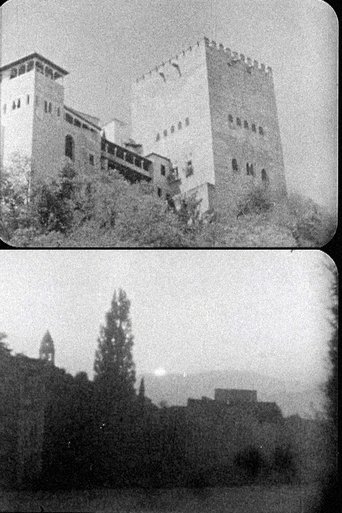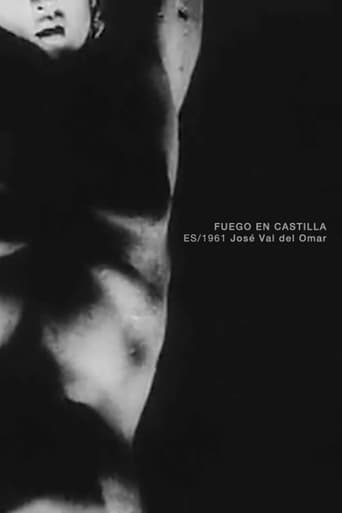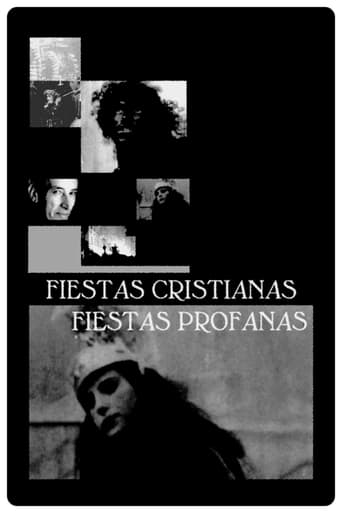Canto Cósmico. Niño de Elche
Feb 04, 2022The film aims to answer two questions: What is flamenco? Who is the singer Niño de Elche? This child prodigy, who inspired artists such as C. Tangana, started challenging the rules of flamenco in his adolescence, which led to a violent confrontation with his family and flamenco fans that continues today.
Documentary
